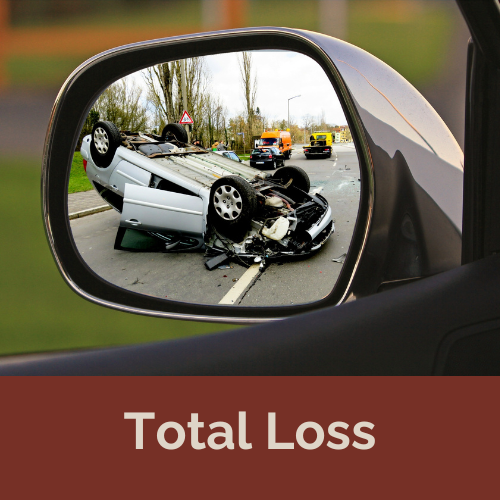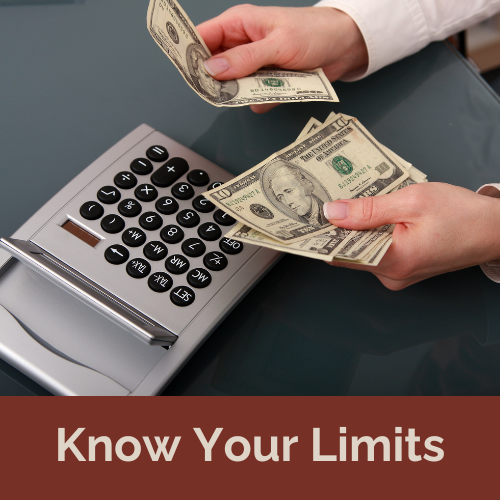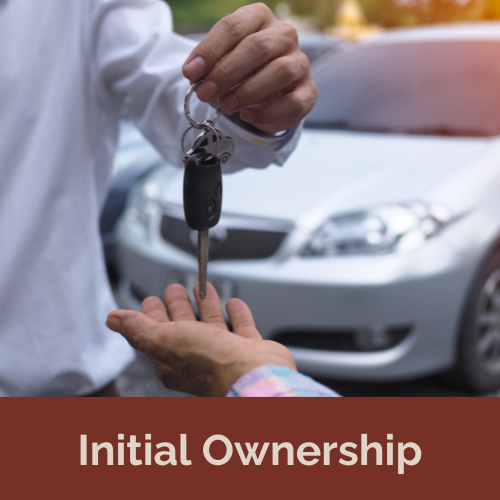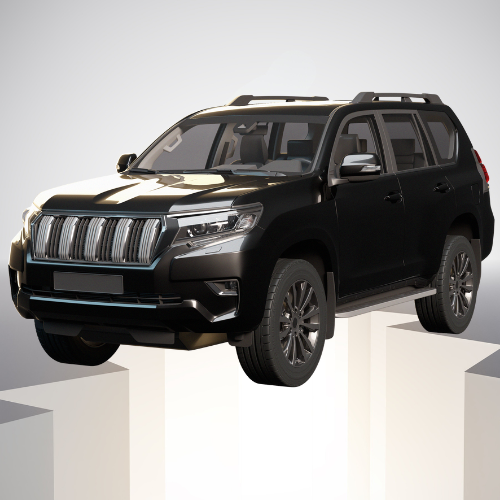Wallet Rescue 101: Are You Ready to Dodge a Financial Pothole?

When buying a new car, securing the right insurance coverage is important to protect your investment.
One of the insurance options you might hear about is GAP insurance.
But what is it, and do you really need it?
What Is GAP Insurance?

GAP insurance, short for Guaranteed Asset/Auto Protection, is a type of insurance coverage designed to cover the “gap” between what you owe on your car loan and the actual cash value (ACV) of your car if it’s totaled or stolen.
The purpose of GAP insurance is to protect you from having to pay out-of-pocket expenses when the car’s value is less than the remaining balance on your auto loan.
Why Gap Insurance Matters

The moment you drive a new car off the lot, its value typically drops by about 10%, and within the first year, it can lose up to 20% of its value.
This rapid depreciation can create a situation where you owe more on your car loan than the car is worth, leaving you financially vulnerable in the event of an accident or theft.
GAP insurance is designed to address this issue by providing financial protection for this “Gap”.
How Does GAP Insurance Work?

GAP insurance steps in when your car is totaled or stolen, and your primary auto insurance only covers the car’s actual cash value, not the remaining loan balance.
Example: If you purchase a car for $30,000 and a year later it is totaled, your insurance company might determine the car’s actual cash value (ACV) to be $24,000 due to depreciation.
If you still owed $28,000 on your loan, GAP insurance would cover the $4,000 difference, saving you from a significant out-of-pocket expense.
Who Should Consider GAP Insurance?
GAP insurance is particularly beneficial for certain car buyers, including:
- Those who made a small down payment (less than 20%)
- Individuals with long-term auto loans (60 months or more)
- People leasing a vehicle
- Buyers of cars that depreciate quickly These scenarios increase the likelihood that you could owe more on your car than it’s worth, making GAP insurance a wise investment.
Negative Equity and Its Impact on GAP Insurance

Negative equity occurs when you owe more on your current car than it’s worth, and you roll this amount into a new loan when purchasing a new vehicle.
This practice increases the gap between the loan balance and the car’s value, making GAP insurance even more valuable.
However, it does complicate the insurance landscape, as the gap becomes larger and the potential payout higher.
Increased Need for GAP Insurance

When you roll over negative equity into a new car loan, the loan-to-value ratio increases, meaning you owe more than the car is worth from the start.
This scenario extends the period during which GAP insurance is necessary, as it will take longer for your loan balance to catch up with the car’s depreciating value.
Impact on GAP Coverage

While GAP insurance covers the difference between your loan balance and your car’s ACV, some policies have payout limits.
Rolling over significant negative equity could exceed these limits, potentially leaving you with out-of-pocket expenses even with GAP coverage.
It’s important to understand the terms and conditions of your GAP insurance policy to avoid unexpected costs.
Where to Get GAP Insurance
GAP insurance can be obtained from various sources, including:
- Your Auto Insurance Agent: Many major insurers offer GAP coverage as part of their auto insurance policies.
- Car Dealerships: Dealerships often offer GAP insurance at the time of purchase, but this option is usually more expensive.
- Financial Institutions: Some banks and credit unions provide GAP insurance when financing a vehicle.
Is GAP Insurance Worth It?

Car Depreciation Rate: Faster depreciation increases the likelihood of a gap.
For many buyers, especially those with minimal equity in their vehicle, GAP insurance offers valuable peace of mind at a relatively low cost.
Whether GAP insurance is worth it depends on several factors, including:
- Initial Car Value: Higher-value cars may have more significant depreciation, increasing the gap.
- Loan Amount: A larger loan relative to the car’s value increases the risk of a gap.
- Loan Term: Longer loans slow down the reduction of the loan balance.
How Long Do I Need GAP Insurance?

GAP insurance is most beneficial during the first 2-3 years of car ownership, a period when depreciation is fastest, and the risk of owing more than the car’s value is highest.
The need for GAP insurance diminishes as your loan balance decreases and your car’s value stabilizes.
Regularly reassessing your situation will help determine when it’s time to cancel the coverage.
When to Cancel GAP Insurance
Consider canceling GAP insurance when:
- Your loan balance is less than the car’s actual cash value.
- You’ve paid off a significant portion of your loan (typically around 80%).
- You’re comfortable covering any potential gap out of pocket. Keep in mind that some GAP policies automatically expire after a set period and refinancing your car loan may also prompt a reassessment of your need for this coverage.
The Bottom Line

GAP insurance may not be necessary for everyone, but it can provide essential financial protection if your new car is totaled or stolen.
By evaluating your situation, comparing quotes from different providers, and understanding the nuances of GAP insurance, you can make an informed decision about whether it’s right for you.
Remember, driving off the lot in your new car should be an exciting experience, not a stressful one.
With the right coverage, you can enjoy peace of mind knowing you can focus on living, not worrying.
Armor Insurance Agency

If you liked this article you can see more here
Curious about safeguarding your automotive investment? We’re here to provide personalized insights into GAP insurance and auto coverage.
Call: (406) 416-1096.
We are an equal opportunity provider


Leave a Reply